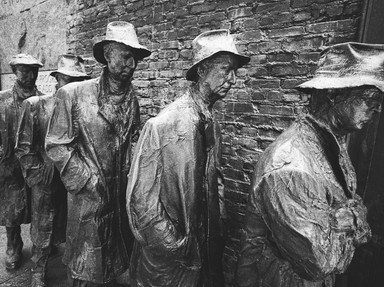Quiz Answer Key and Fun Facts
1. Between 1933 and the beginning of World War Two, President Franklin Delano Roosevelt instituted many initiatives that he called the "New Deal". Roosevelt was certainly the architect but he did rely on a group of advisors. What name was given to this group of advisors?
2. Roosevelt's advisors would change through his administrations, especially when the focus changed from theory to pragmatism and legislative design, However, a small cadre of men were by common accord were Roosevelt's main advisors during the 1932 presidential campaign and in the critical first hundred days. Who was NOT an early advisor?
3. The Civil Works Administration (CWA) was a short lived program, yet in retrospect was one of the most successful. It began in November 1933 and was terminated in March 1934. What was the main reason for its demise?
4. The Tennessee Valley Authority (TVA) was established in 1933 mainly to demonstrate a model for rural electrification for other areas of the nation.
5. By far the most popular program of the New Deal was the Civilian Conservation Corps. It had both political and grassroots support. What historical event brought the CCC in an end?
6. Given the short life on the Civil Works Administration (CWA), what New Deal program replaced it?
7. Murray was excited about his job at Burger King and had planned how he would spend his first paycheck. When he looked at the check, it was less than he expected. FICA had taken a chunk of his pay. What was FICA?
8. Following the 1929 stock market crash many banks were unable to repay their depositors and closed. The 1933 Banking Act was passed to protect both banks and consumers. What was this part of the act called?
9. Although Roosevelt dealt with a Congress that mostly shared his vision of coping with the Great Depression, he had little control of the third side of the balance of powers--the Supreme Court. The Supreme Court ruled several pieces of New Deal legislation unconstitutional, including the National Recovery Act and the Agriculture Adjustment Act. What was Roosevelt reaction?
10. It was not a part the New Deal, but December 5, 1933 was a cause for national celebration. Why?
Source: Author
Rehaberpro
This quiz was reviewed by FunTrivia editor
bloomsby before going online.
Any errors found in FunTrivia content are routinely corrected through our feedback system.


